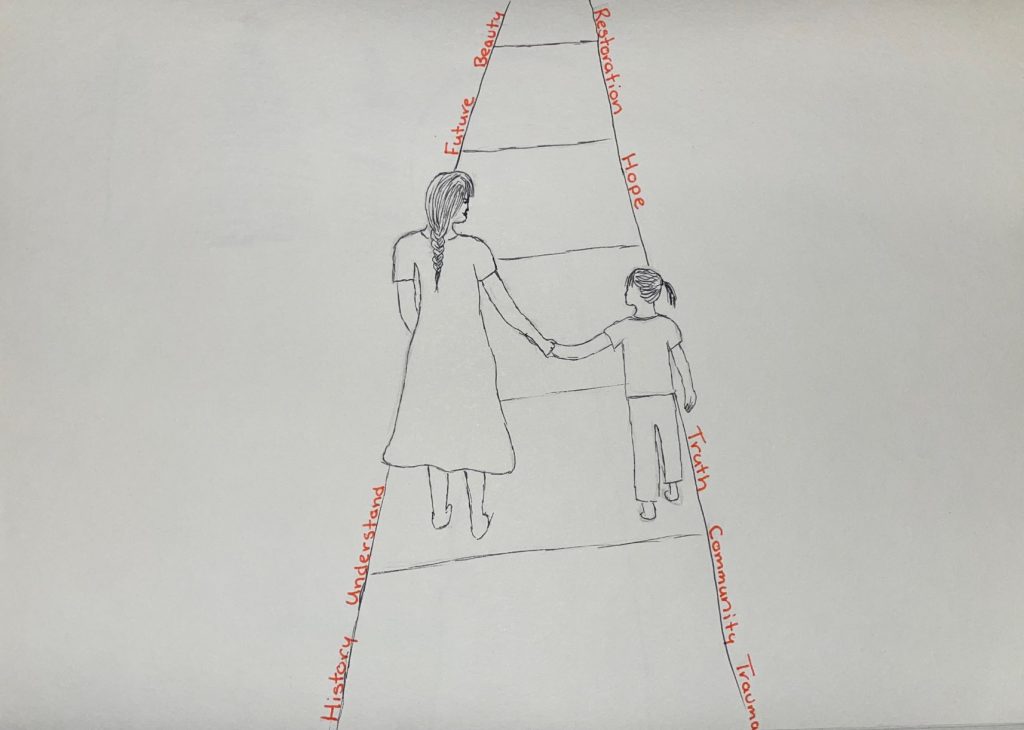The Tyler rationale places an emphasis on efficiency within the classroom. This is done by determining objectives and providing content for the students to learn and complete these objectives. Despite covering a lot of content, this method of teaching does not provide the learner with much creativity or independence.
In my educational journey I recall the Tyler rationale being present in many of my classrooms and learning experiences. Most prominently I remember my social studies and science classes in grades seven and eight. I have never been a student who tests well and my grades often would reflect that. My teachers would give us the information and expect us to have it memorized then repeat it onto our tests. I would have to memorize small details about historical events or small vocabulary within scientific processes but now I have little memory of the topics as a whole. As stated in the article this can “lead to a focus in this approach to curriculum theory and practice on the parts rather than the whole” (Smith 1996, 2000, p. 5) which is what I experienced. I recognize this lack of learned information as a result of the Tyler rationale. I was not given enough experience or hands-on activities to gain a deeper understanding.
The Tyler rationale limits individuality. Naturally, each student has their own learning style and a pace that works best for them and the Tyler rationale fails to recognize that. This limits the potential success of a student and can hinder them from gaining any valuable knowledge. Creativity and flexibility in the classroom can create a strong learning environment for many students and the Tyler rationale is too strict with structure to allow for that. As a teacher you need to think outside of the box to find ways to provide all of your students with the best learning experience possible but the Tyler rationale “turns educators into technicians.” (Smith 1996, 2000, p. 5).
I do believe there are some benefits to the Tyler rationale in education, otherwise it would not have been put in place. The Tyler rationale provides students with a great deal of structure which can be beneficial to their self discipline. And using the Tyler rationale as a guide can be helpful in determining a potential setup of a course to decide when subjects or topics will be taught. It can be helpful in the early years of a child’s education as a guide of outcomes the children should be learning, as this is when students are learning the basic but critical skills to progress in their educational journey. Otherwise, teachers and students need more flexibility. The Tyler rationale has limitations, teachers need to be able to determine when and how things are taught based on their students abilities and learning styles.
References
Smith, M. K. (1996, 2000) ‘Curriculum theory and practice’ the encyclopaedia of informal education, www.infed.org/biblio/b-curric.htm


